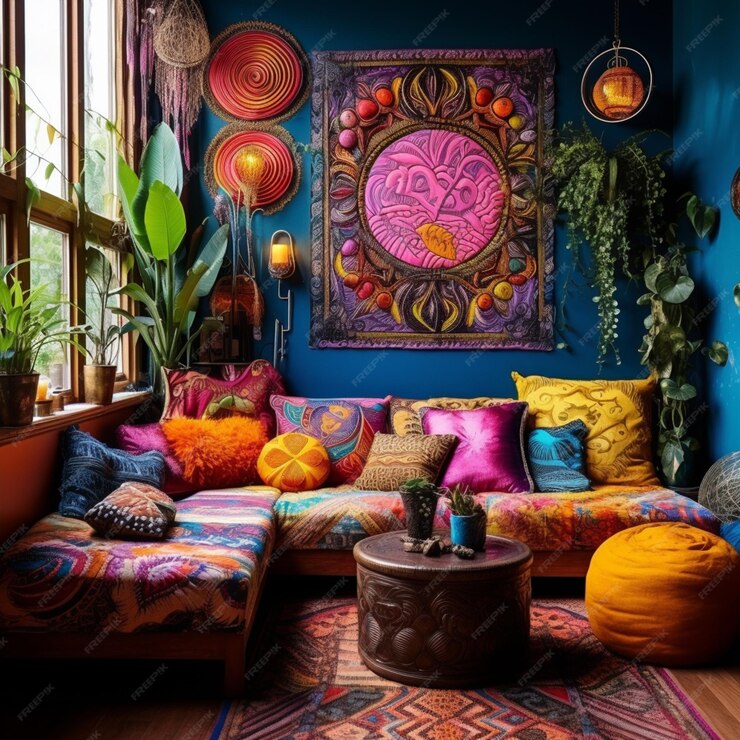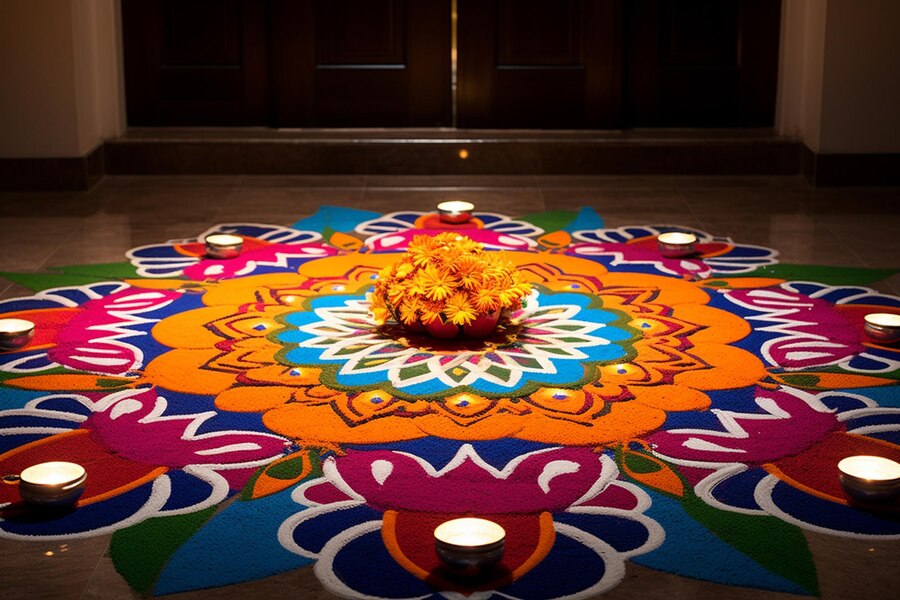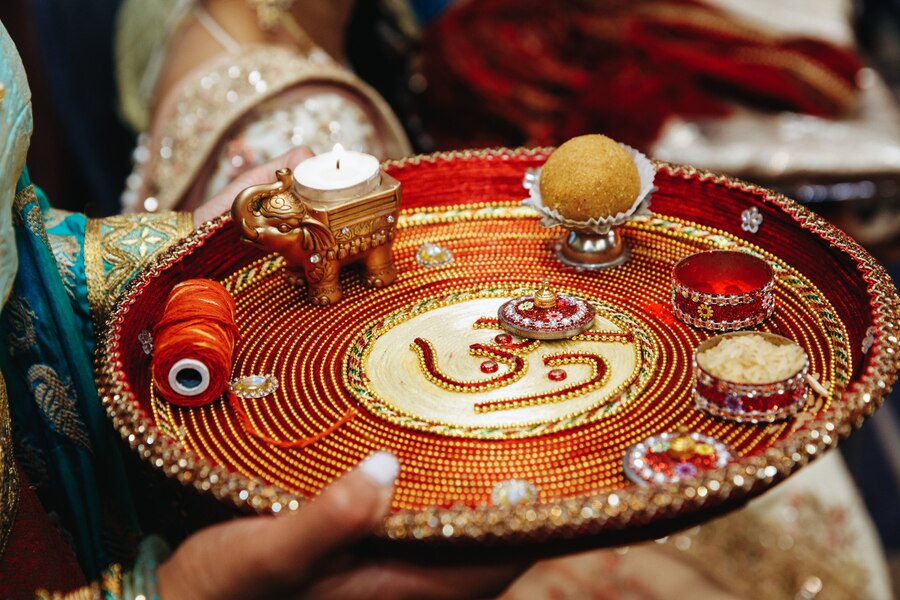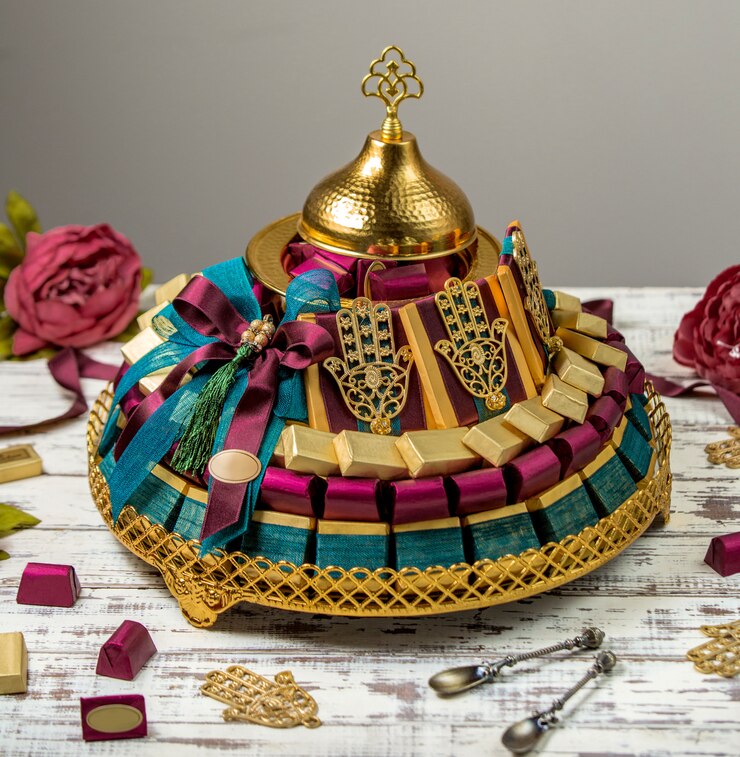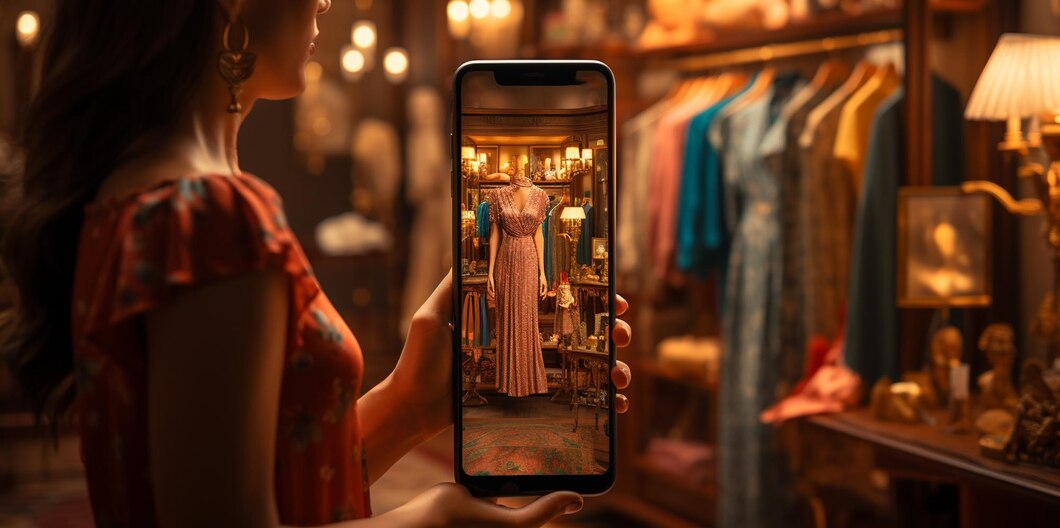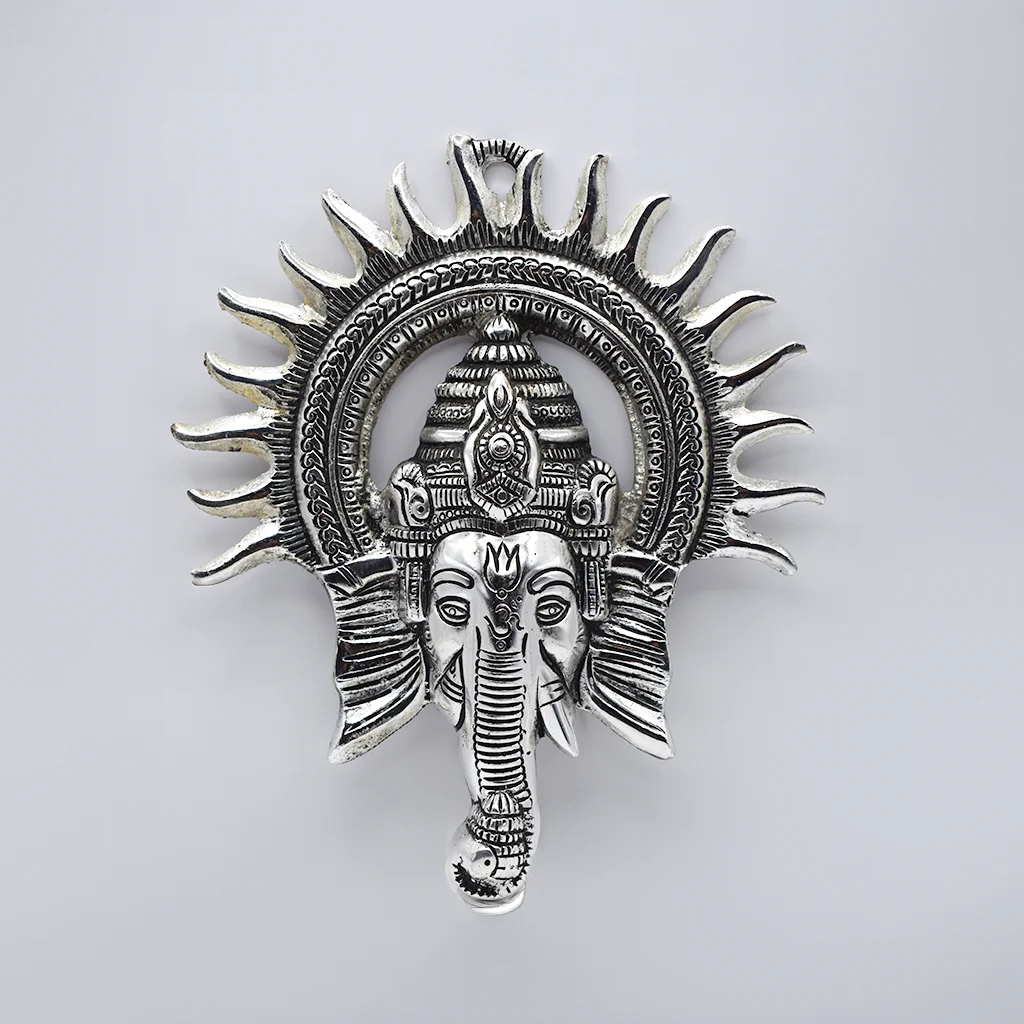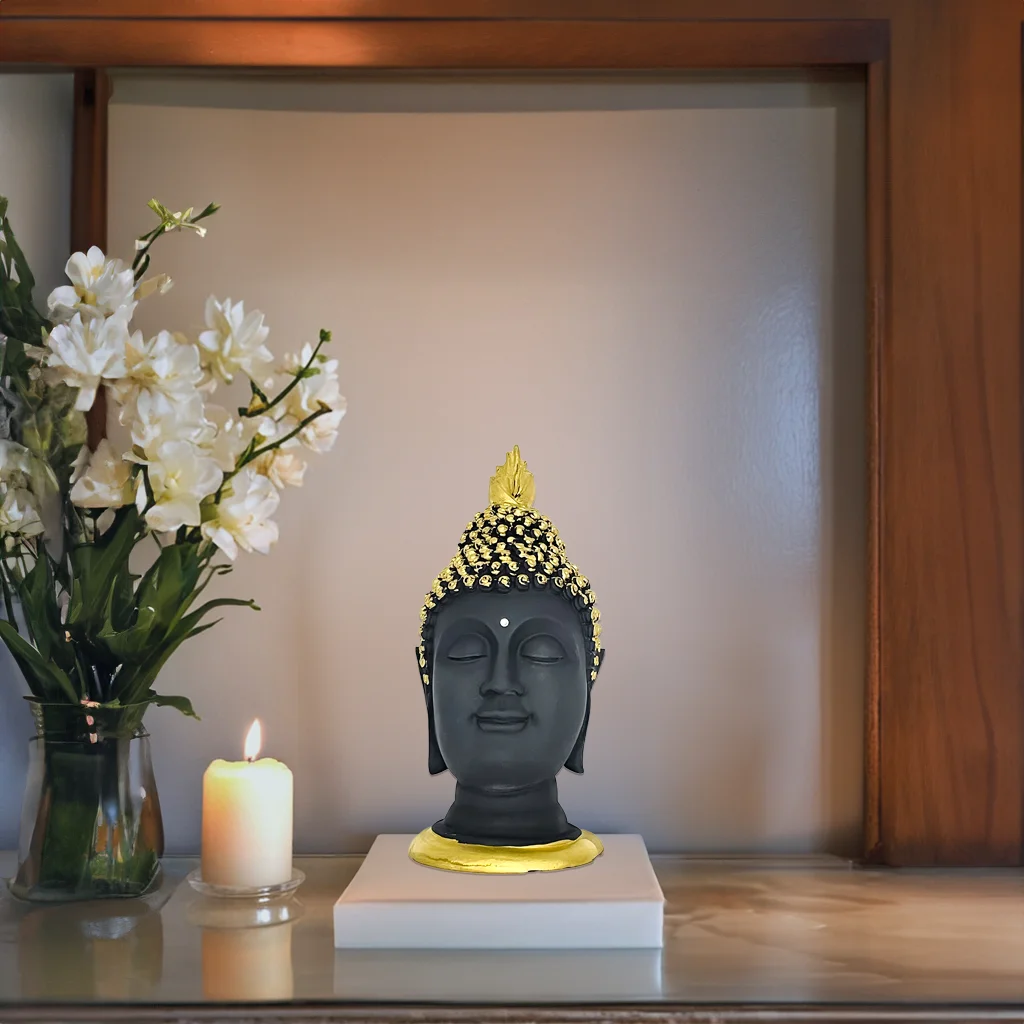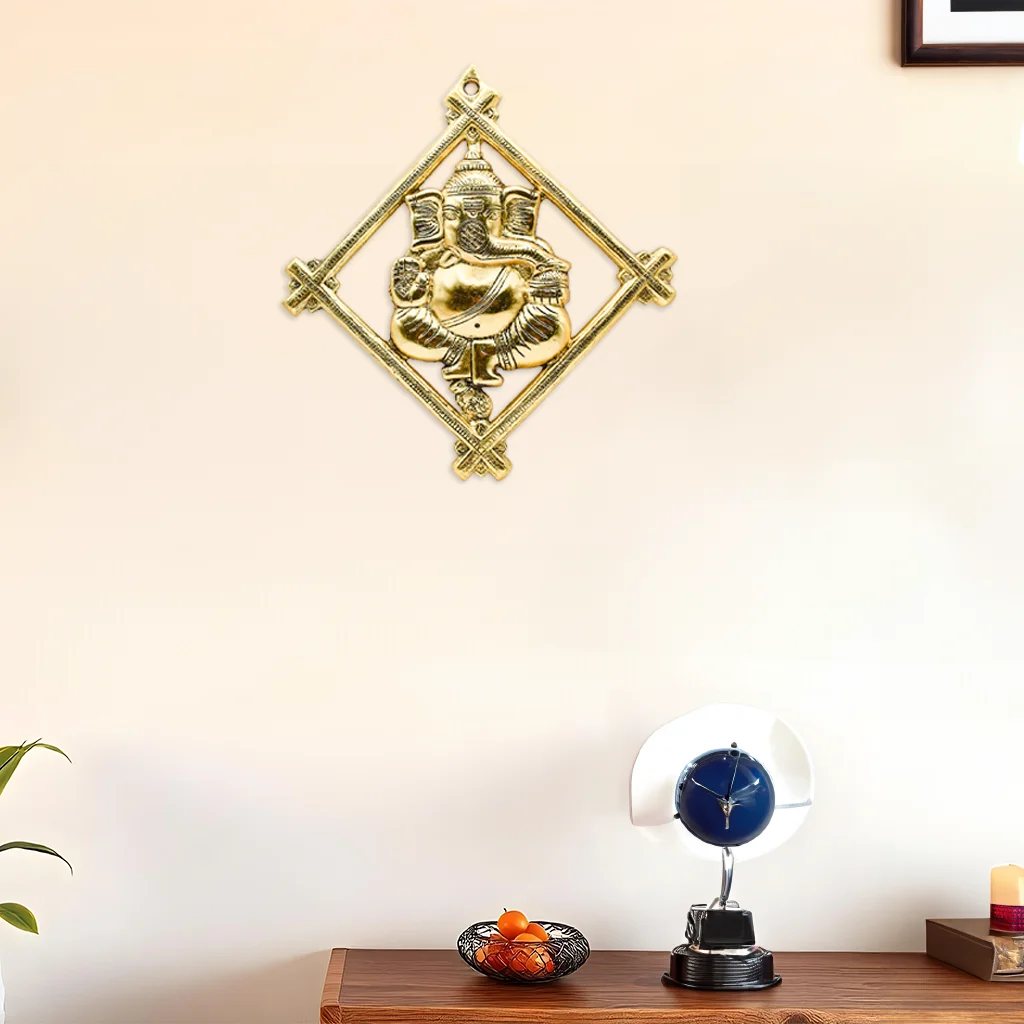Traditions of Indian embroidery is among the most vibrant manifestations of the country’s rich cultural heritage. These elaborate, hand-painted patterns have been used for generations to embellish everything from common clothing to regal attire. But this beloved form of expression needs to evolve along with the world.
The Beauty of Indian Embroidery
Indian needlework is evidence of the nation’s rich cultural milieu. Every location has its own distinct style and method, ranging from the intricate Chinkankari of Lucknow to the mirror work of Gujarat. Not only are these elaborate designs ornamental, but they also have cultural and historical importance. But the desire for handcrafted goods has declined as mass production and rapid fashion have taken over, endangering this age-old trade.

Combining Innovation and Tradition
Indian designers and craftspeople are fusing ancient methods with cutting-edge ideas to make Indian embroidery relevant in the current era. By combining traditional techniques with modern styles, this fusion keeps age-old practices alive. One way to create a distinctive fusion of the past and present is to emblazon traditional motifs onto current silhouettes. A further trend aligns with the global push for sustainability. There is a growing use of eco-friendly and sustainable materials in embroidery.
The Role of Technology in Reviving Embroidery
For Indian needlework to flourish again, technology is essential. Artists may showcase their creations and share their tales with a worldwide audience by using digital media. E-commerce sites like Tanutra provide a marketplace for handcrafted products, playing a crucial role in this digital trend. Digital embroidery machines can help create elaborate designs more quickly, freeing up craftsmen to concentrate on the more meticulous, handcrafted details. However, they cannot replace hand stitching.
Collaborations and Marketplaces
Working together, designers, craftspeople, and online retailers may propel Indian embroidery to the forefront of the world of fashion. Together, they can produce collections that uphold the integrity of traditional craftsmanship while appealing to contemporary consumers. Online marketplaces like Tanutra actively aid these efforts by providing clients in the USA and Canada with a carefully chosen assortment of genuine, handcrafted Indian products.
Steps to Recover Indian Hand Embroidery Culture: –
- Promoting Local Artisans – We can maintain the livelihoods of local artists and preserve tradition by promoting fair trade practices and providing them with venues to exhibit their creations.
- Integrating Embroidery in Modern Fashion – The craft can become more accessible to modern audiences by encouraging designers to incorporate traditional needlework into their contemporary designs.
- Educational Programs – It is ensured that ancient needlework techniques be passed down to future generations by establishing educational programs that educate young people these abilities.
- Government and NGO Support – Funding initiatives meant to preserve and promote traditional crafts is one way that the government and non-governmental groups may contribute significantly.
- Creating Awareness – The demand and admiration for traditional Indian embroidery can be raised by launching awareness campaigns regarding the needlework’s cultural significance and beauty.
Conclusion: –
Visit Tanutra to discover the beautiful world of Indian embroidery and to help craftspeople. Explore our distinctive, handmade items and add a touch of Indian culture to your house right now!















